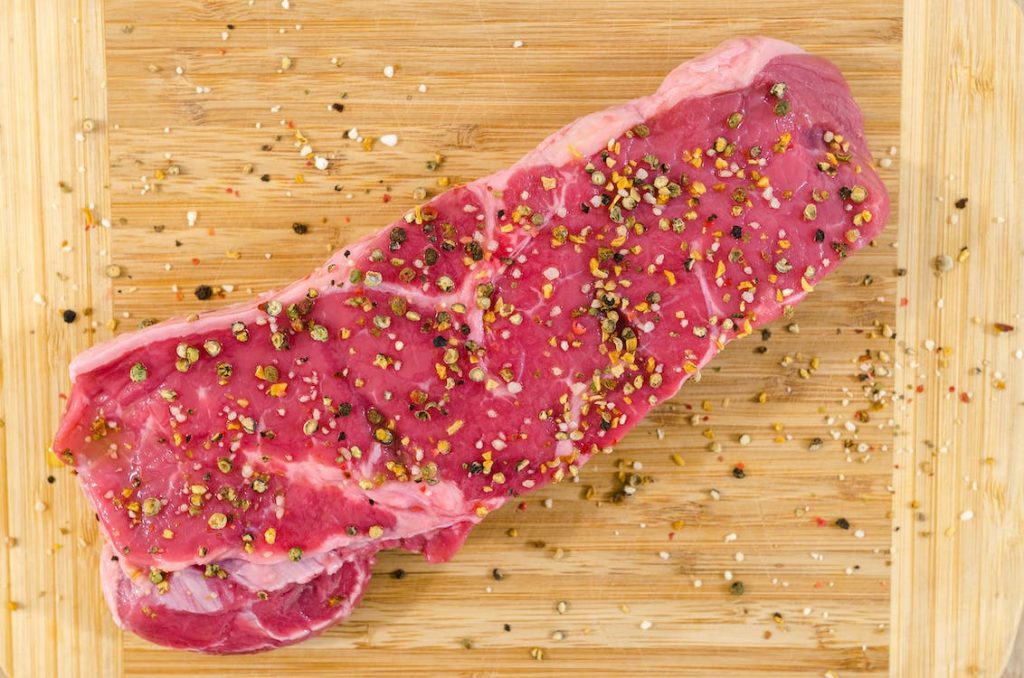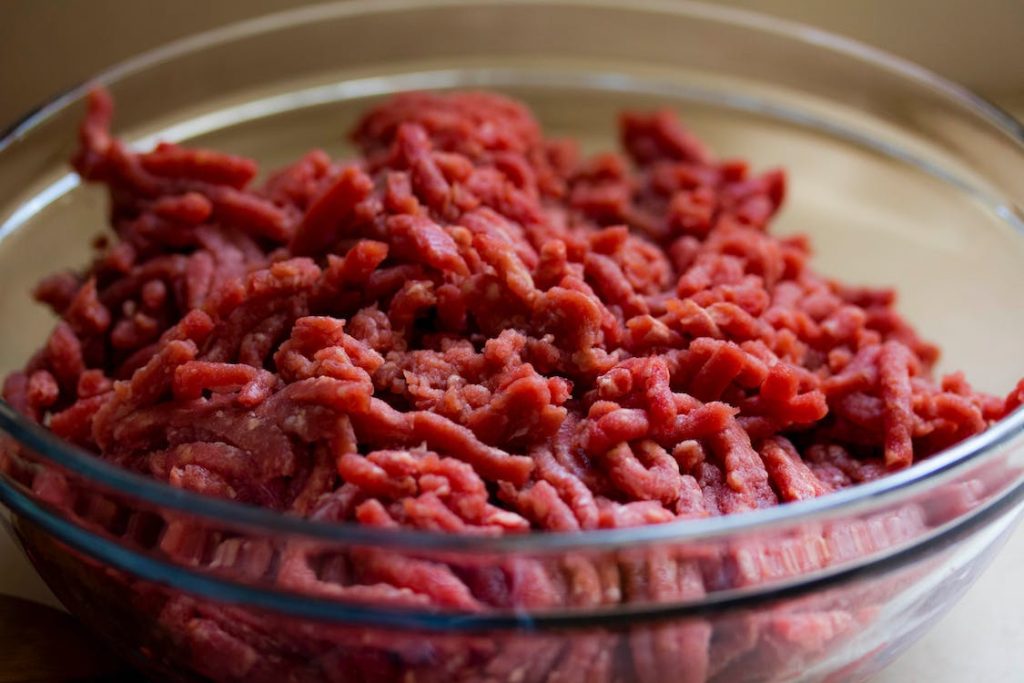Did you know that the US beef industry loses $3 billion dollars every year as a result of meat discoloration? When stores notice that the beef on their shelves is browning on the surface they will discount it. This discolouration leads people to throw away perfectly good and nutritious beef.
Why does meat turn brown?
Most people associate the bright, blood red colour of beef with freshness but this is not necessarily the case. Brown discoloration does not mean your beef is bad. The brown color is simply caused by long-term exposure to oxygen.
Oxymyoglobin forms and gives the meat a bright, cherry red color when oxygen attaches to the protein myoglobin in muscles. After continued exposure to oxygen, oxymyoglobin turns to metmyoglobin and this process is known as oxidation. It is the process of oxidation that causes a chemical reaction which is similar to apples or potatoes turning brown when exposed to air.

Professor of meat science in the animal and food sciences department, Gretchen Mafi, conducted researched using small iron pouches that can be placed inside the bags used for beef retail transportation. The iron pouches remove oxygen, and therefore lengthen the shelf life of the meat. In a study conducted recently, beef maintained its bright, red colour for up to 23 days after being packaged with this process.
Another professor at OSU has focused his research on a condition called dark-cutters in which beef fails to have a bright red color.“Stress, heat extremes, changes in weather and certain management practices can increase dark-cutting incidents, so if you can figure out which cattle are more prone to dark cutting at a genetic level, you can put management practices in place to help with that,” Mafi said.

Other at the university are attempting to develop a method to detect meat discoloration internally before it reaches the surface of the meat. Some of the factors they are investigating include, the absorption and emission of light within beef products and its correlation with beef color change in order to develop storage strategies and other decision-making tools.
All of this research is very beneficial to the beef industry and is a great example of how technology can be used in a very positive way. Minimising food waste is a great help to the environment and to the food industry.
Get in touch if you would are interested in the best quality of grass-fed beef that North California has to offer and want to put these tips into practice.







